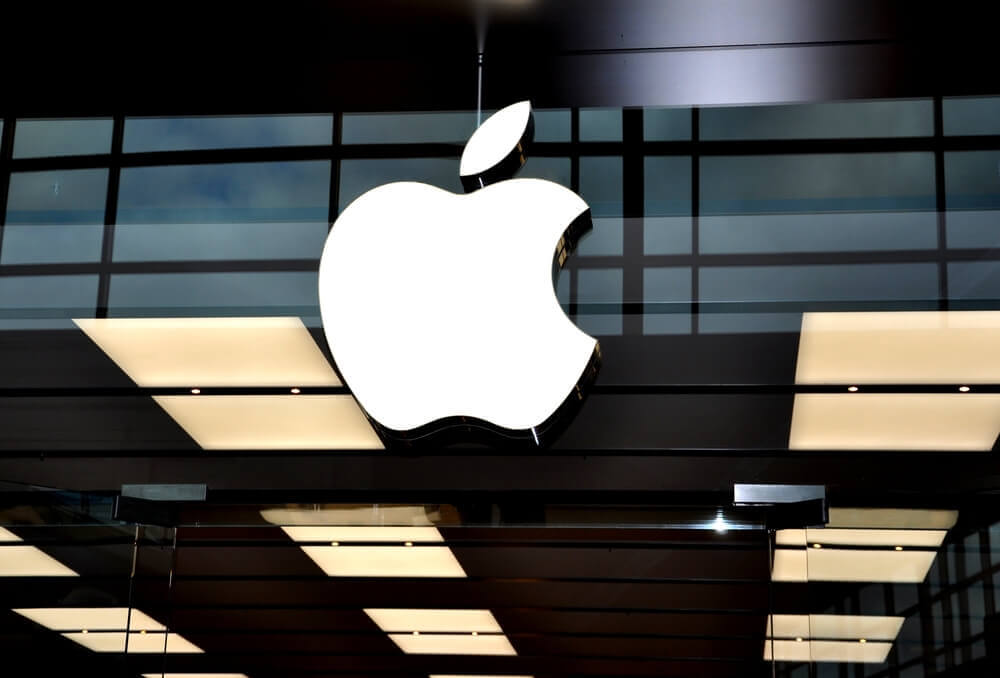The first quarter of 2024 witnessed a significant shakeup in the global smartphone market, with a decline in iPhone shipments raising questions about Apple’s continued reign. Here’s a deep dive into the data and what it might mean for the future of smartphones.
A Market in Flux: Overall Growth Despite iPhone Slump
According to the International Data Corporation’s (IDC) report, global smartphone shipments grew by 7.8% year-over-year in Q1 2024, reaching a total of 289.4 million units. This positive trend comes despite a surprising twist: a 9.6% decline in iPhone shipments compared to the same period in 2023.

Samsung Regains Top Spot with Innovative Galaxy S24
Samsung capitalized on this shift, reclaiming the top spot as the leading smartphone vendor. Their Galaxy S24 flagship series, boasting innovative Galaxy AI features, played a key role in propelling them forward. Samsung shipped 60.1 million phones during the quarter, securing a leading market share of 20.8%. While this shows their continued strength, it’s worth noting a slight annual decrease of 0.7%.
Apple Loses Ground: iPhone Shipments Decline
Apple, on the other hand, faced a setback. With a 9.6% decline in iPhone shipments, they delivered 50.1 million units in Q1 2024. Despite this drop, they still managed to secure second place with a global market share of 17.3%. This highlights Apple’s enduring brand loyalty but also suggests potential vulnerability.
Rising Stars: Xiaomi and Transsion Make Big Gains
The real story of the quarterlies is the rise of other players. Xiaomi, a major Chinese competitor, witnessed a surge of 33.8% in shipments, claiming the third spot with a 14.1% market share. They shipped a significant 40.8 million smartphones, showcasing their growing global presence.
Transsion, a lesser-known name in Western markets, emerged as the standout performer. This company, with a strong foothold in Africa, the Middle East, Southeast Asia, South Asia, and Latin America, saw a staggering 84.9% increase in shipments. They shipped a remarkable 28.5 million phones, nearly reaching a 10% global market share. Their rapid growth reflects a growing consumer base in these regions seeking affordable and reliable smartphones.
Market Dynamics Reshaped: Oppo Holds On, Huawei Looms
Oppo, another Chinese brand, managed to hold onto fifth place despite facing an 8.5% decline in year-over-year shipments. They ended the quarter with an 8.7% market share, having shipped 25.2 million phones. This highlights the intense competition within the Chinese market itself.
Ryan Reith, Group Vice President of IDC’s Worldwide Mobility and Consumer Device Trackers, emphasized the ongoing recovery and optimism in the smartphone market. He noted that while Samsung reclaimed the leading position, Apple had topped the charts at the end of 2023. This back-and-forth competition highlights the dynamic nature of the market.
Reith further pointed out several factors that could reshape market dynamics in the coming months. These include the potential impact of Huawei’s resurgence in China, especially after US sanctions were partially lifted. Additionally, the gains made by Xiaomi, Transsion, OPPO/OnePlus, and vivo further complicate the landscape, creating a more diverse playing field.
Premiumization Trend: Consumers Opt for High-End Phones
The IDC report also shed light on a key trend: rising average selling prices for smartphones. This indicates a consumer preference for premium models that are designed for longer use. Apple’s strategy aligns with this trend, as they reportedly sold more iPhone 15 Pro and iPhone 15 Pro Max units, leading to higher revenue per unit sold.
However, Apple also faced a unique challenge in China, the world’s largest smartphone market. They were forced to reduce iPhone prices by up to $180. This unusual move suggests that Apple might be facing increased price sensitivity among Chinese consumers, a factor they’ll need to address moving forward.
FAQs:
Q: What caused the decline in iPhone shipments?
A: According to the IDC report, Apple experienced a 9.6% decline in iPhone shipments in the first quarter of 2024, attributed to various factors such as market saturation and competition from other smartphone manufacturers.
Q: How did Samsung regain its dominance in the smartphone market?
A: Samsung reclaimed the top spot in the smartphone market with its Galaxy S24 flagship series, which featured innovative Galaxy AI features. Despite a slight annual decrease in shipments, Samsung managed to secure a leading market share.
Q: What contributed to Xiaomi’s rise in the market?
A: Xiaomi witnessed a 33.8% increase in shipments, claiming the third spot in the global smartphone market. This growth can be attributed to Xiaomi’s competitive pricing, innovative features, and expanding market presence.
Q: Who is Transsion, and why did it experience remarkable growth?
A: Transsion is a smartphone company with a significant presence in regions like Africa, the Middle East, and Southeast Asia. Its shipments surged by 84.9%, indicating its growing popularity and market expansion efforts.



